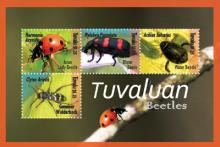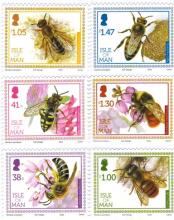Los pesticidas son culpables de la muerte de millones de abejas
Un estudio publicado en el Boletín de Insectología en Estados Unidos, confirma la sospecha de investigadores de la relación entre los pesticidas y el problema del colapso de colonias, conocido como CCD. Para encontrar al culpable de la muerte de millones de abejas en muchas regiones de los Estados Unidos y Europa, los científicos estudiaron 18 colonias en tres locaciones de Massachusetts durante el año 2012 y 2013. Los investigadores encontraron que dos pesticidas utilizados regularmente en la agricultura eran los responsables directos por el abandono y muerte de varias colmenas. Para el estudio se expuso un tercio de las colonias a bajas dosis del pesticida Imidacloprid, mientras que el otro tercio fue expuesto al pesticida Clotianidina, los dos pertenecientes a la clase Neonicotinoide que actúa sobre el sistema nervioso de los insectos y es utilizado por los agricultores. El tercio restante no recibió ningún pesticida como método de control.










